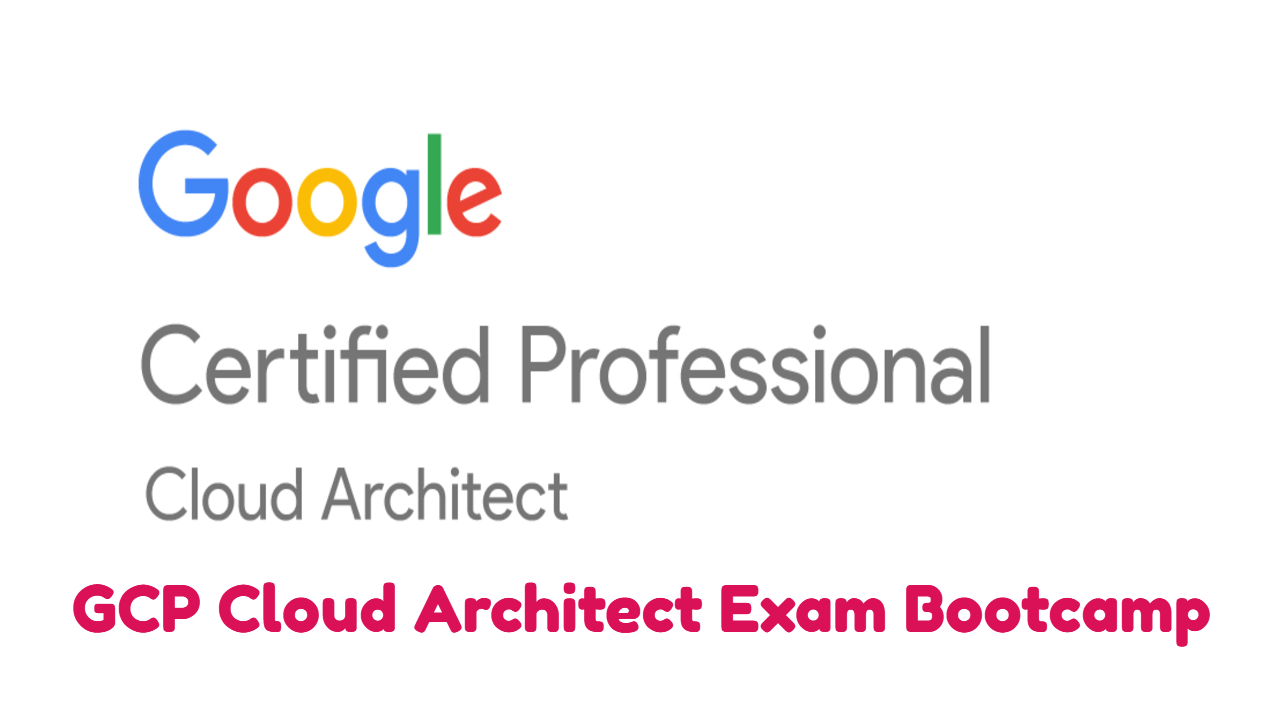Copyright © 2025 LOOP All Rights Reserved.
Security Professional (CISSP)

Course Description
The vendor-neutral CISSP certification is the ideal credential for those with proven deep technical and managerial competence, skills, experience, and credibility to design, engineer, implement, and manage their overall information security program to protect organizations from growing sophisticated attacks.
Backed by (ISC)², the globally recognized, nonprofit organization dedicated to advancing the information security field, the CISSP was the first credential in the field of information security to meet the stringent requirements of ISO/IEC Standard 17024. Not only is the CISSP an objective measure of excellence, but also a globally recognized standard of achievement.
Course Objectives
1. Security and Risk Management
2. Asset Security
3. Security Engineering
4. Communication and Network Security
5. Identity and Access Management
6. Security Assessment and Testing
7. Security Operations
8. Software Development Security
Content
Security and Risk Management
Asset Security
Security Engineering
Communication and Network Security
Identity and Access Management
Security Assessment and Testing
VTP Configuration
Software Development Security
Security Professional (CISSP)
- SKU CRS-N-0049510
- Duration 7 hr 0 mins
- Skill level All Levels
- Languages en_US
- Tag(s) SkillsFuture Security Professional (CISSP)


